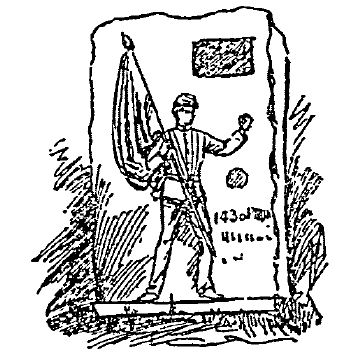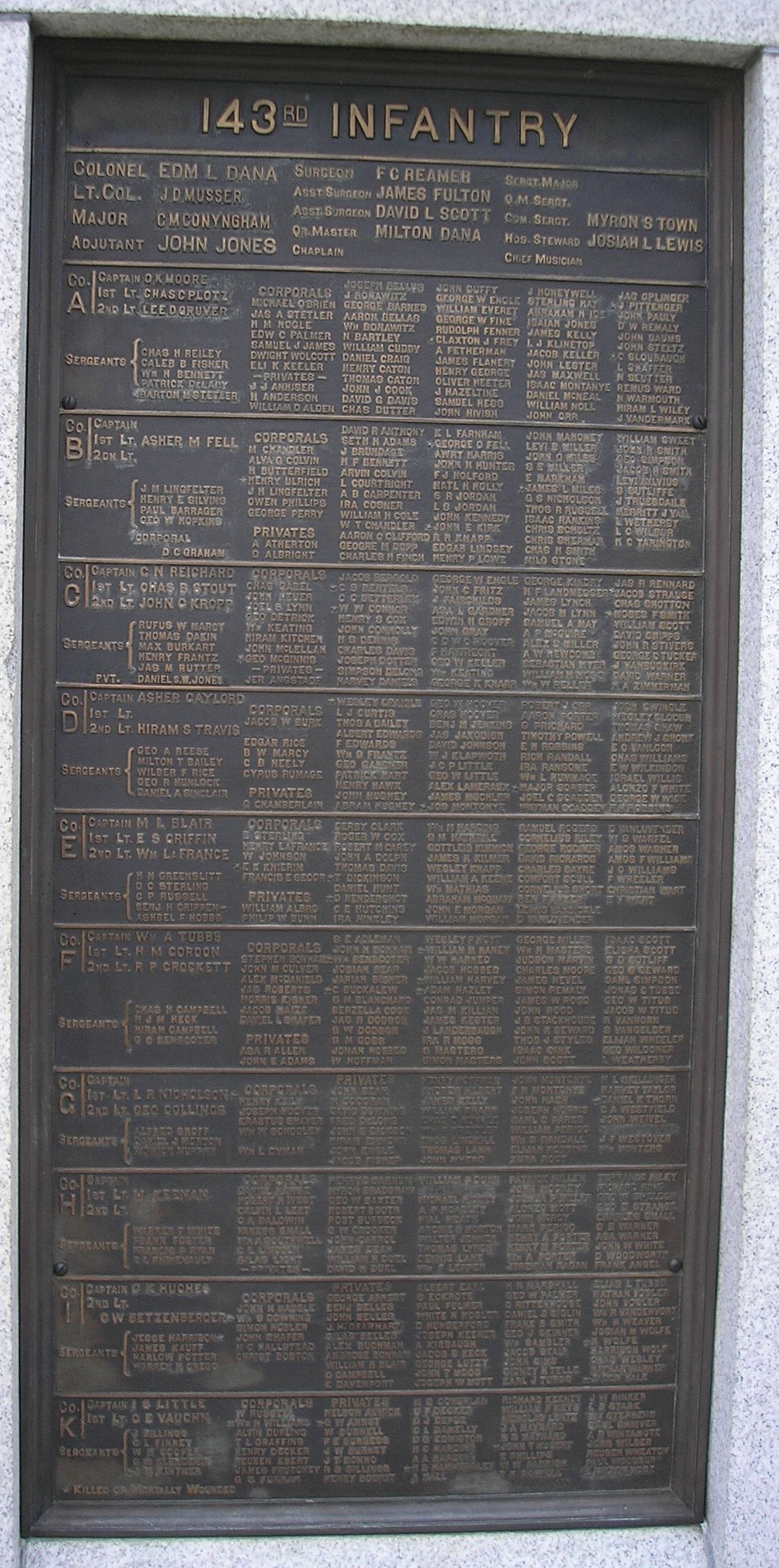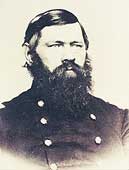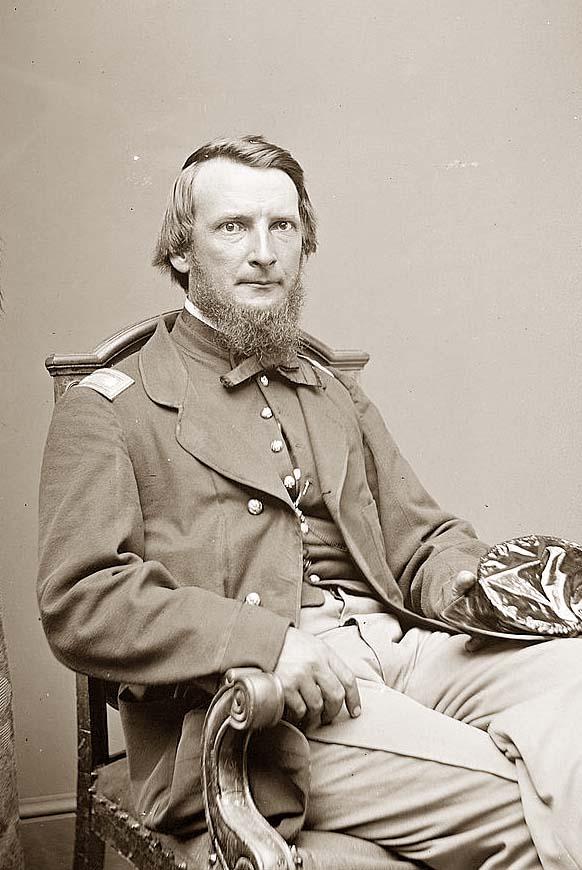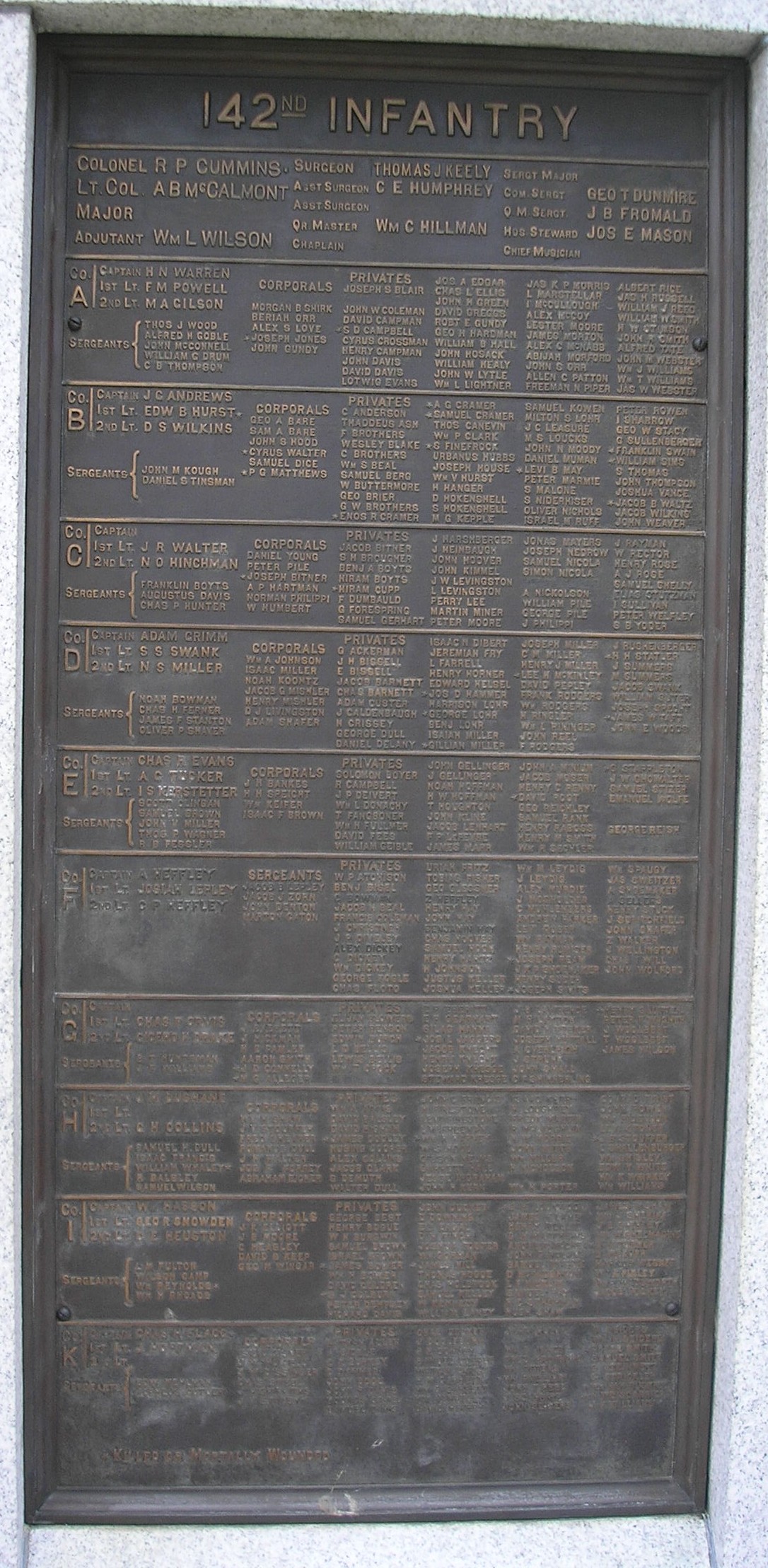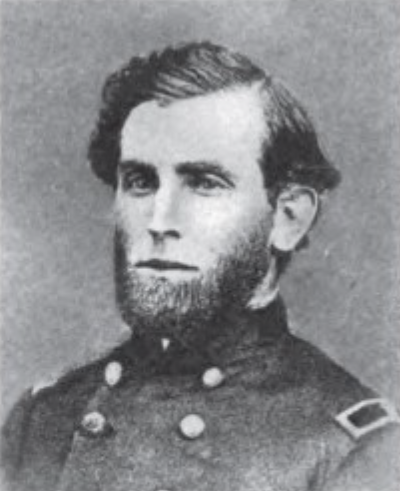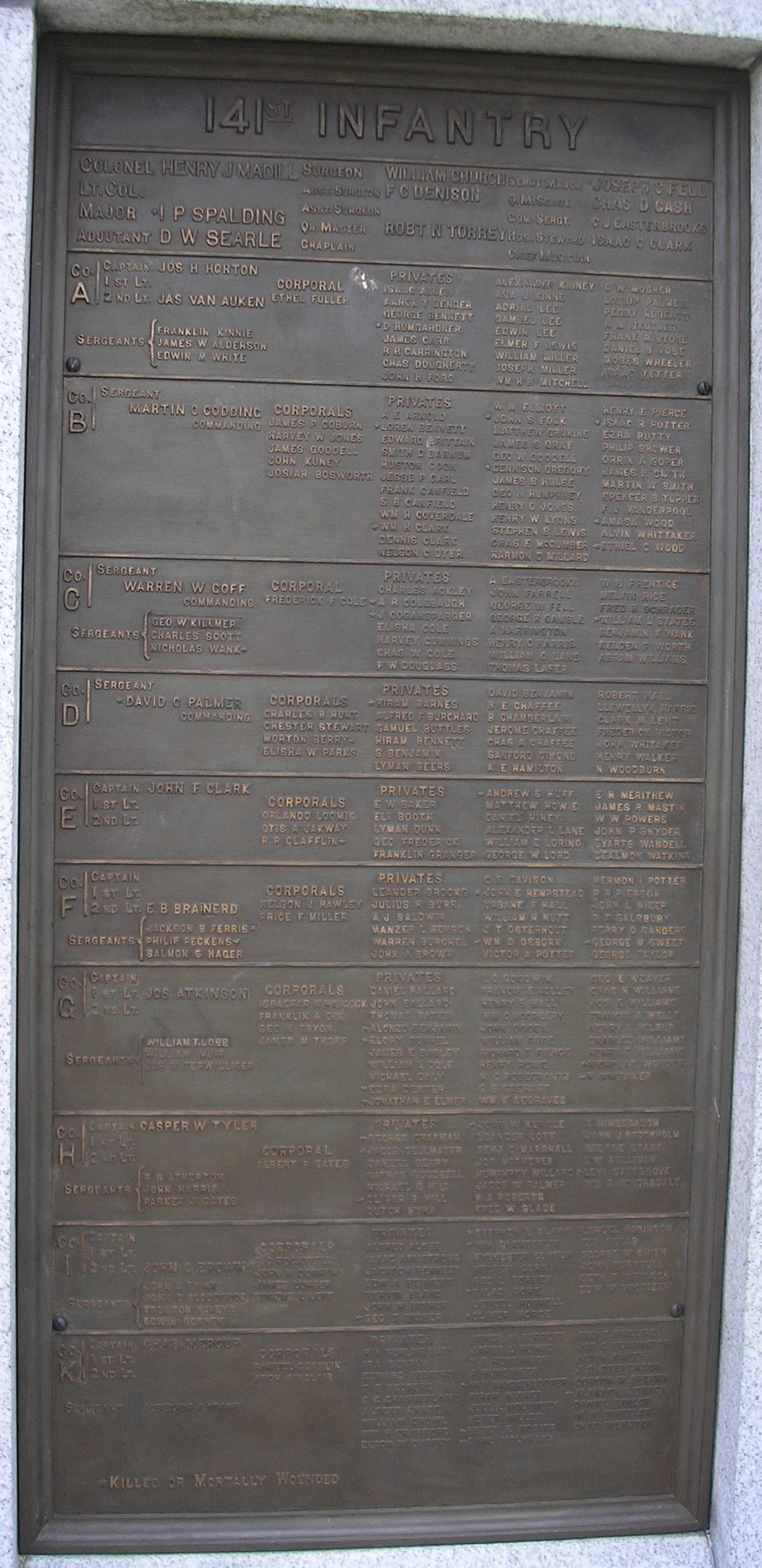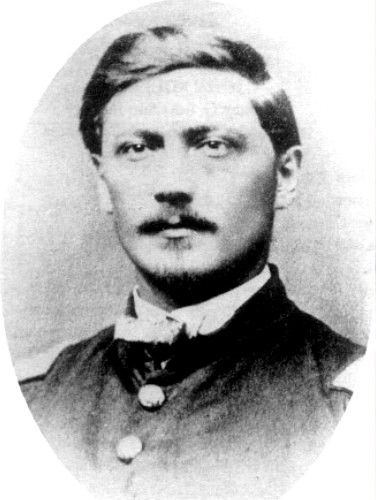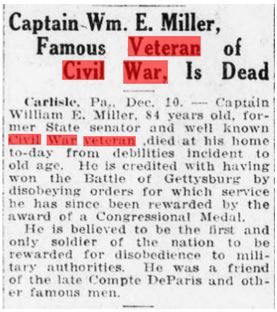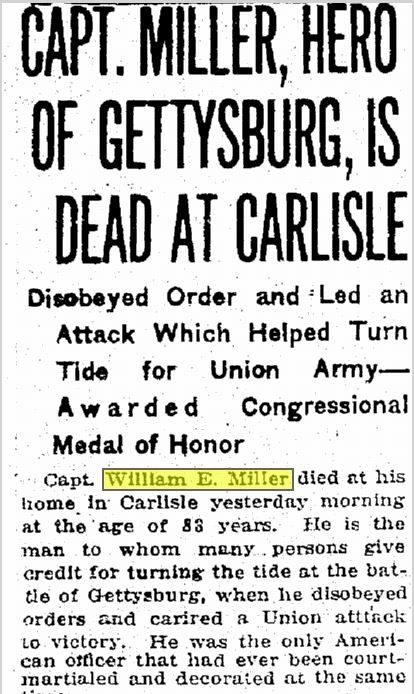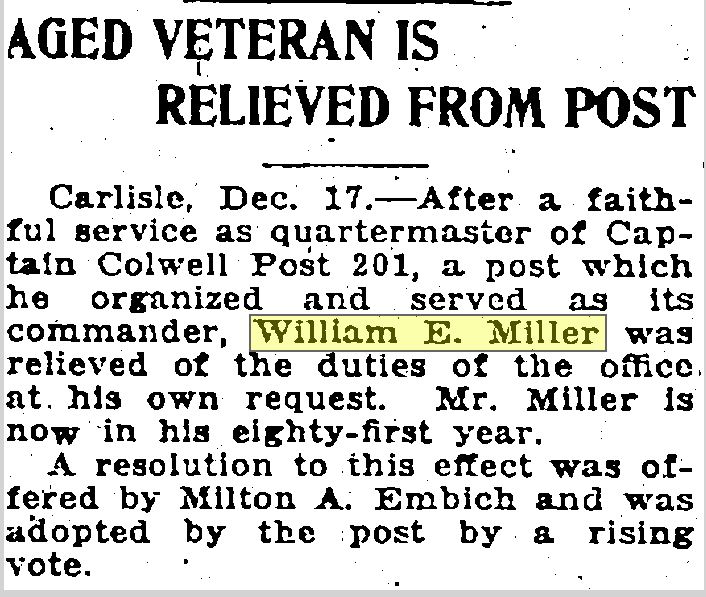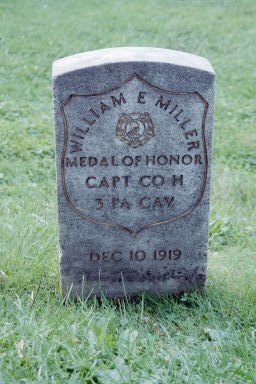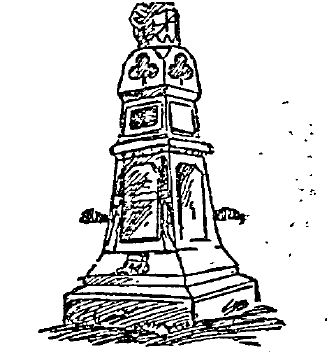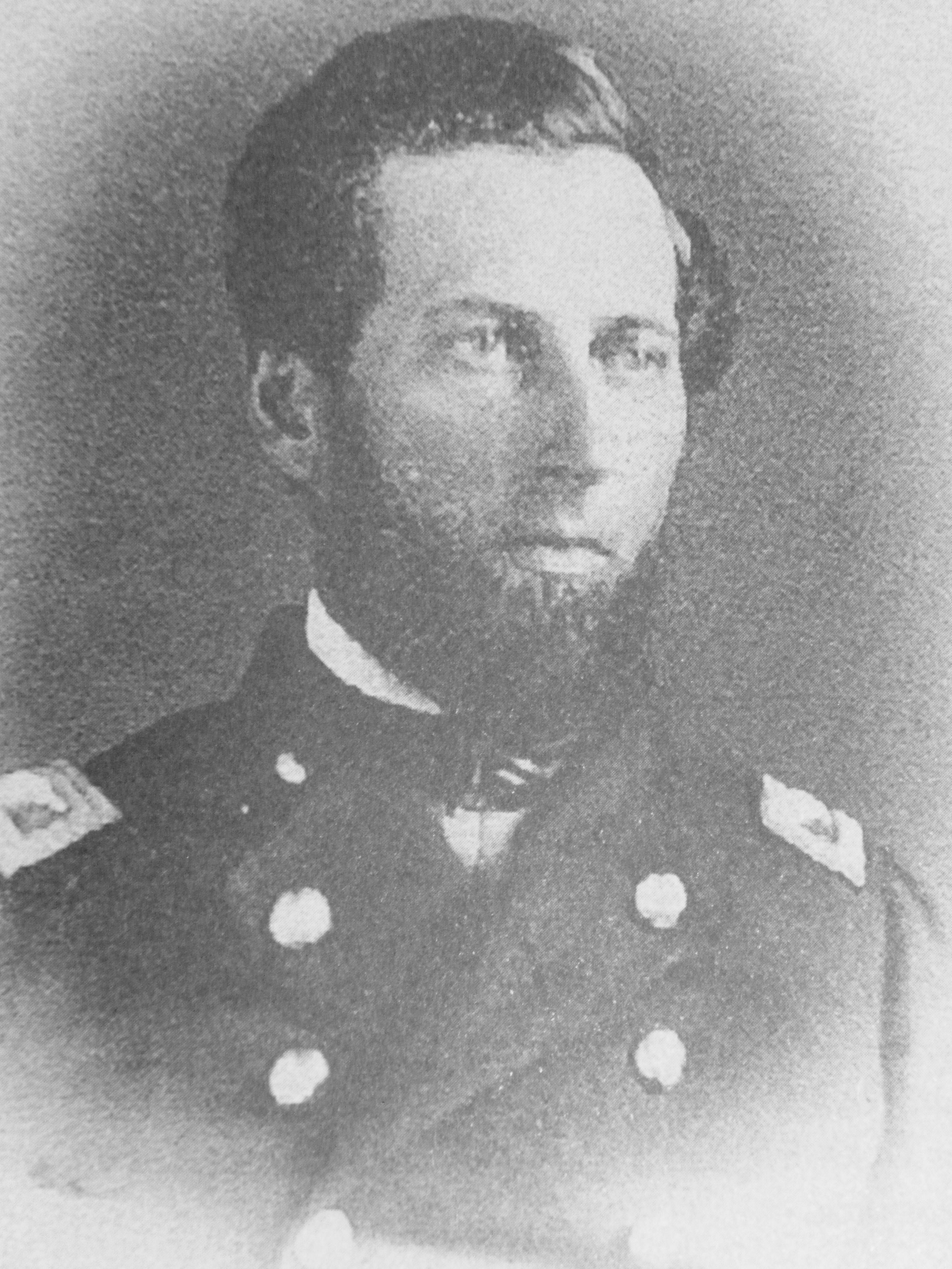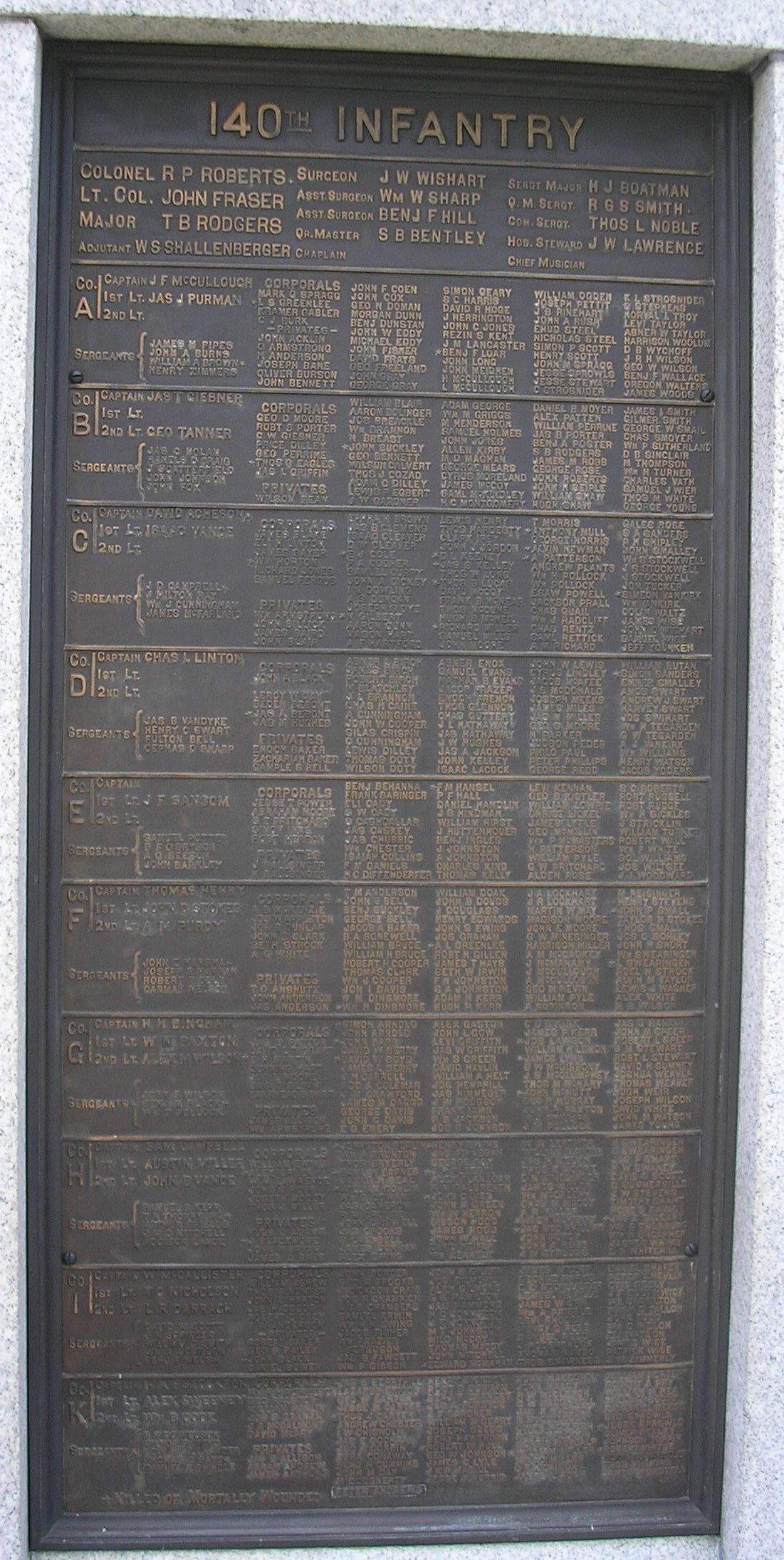Monuments at Gettysburg – 143rd Pennsylvania Infantry
Posted By Norman Gasbarro on April 10, 2015
The 143rd Pennsylvania Infantry Monument at Gettysburg is located west of the town of Gettysburg on Reynolds Avenue. It was dedicated in 1889 by the Commonwealth of Pennsylvania and is the first monument to this regiment at Gettysburg; the second monument is located south of the town of Gettysburg on Hancock Avenue and was not dedicated until 1895.
The drawing of the 1889 monument pictured above is from a Philadelphia Inquirer article of 11 September 1889.
A picture of the monument can be seen on Stephen Recker’s Virtual Gettysburg Web Site which has more information about the monument and the 143rd Pennsylvania Infantry .
A full description of the 1889 monument, its GPS Coordinates, additional photographs, and some of the history of the 143rd Pennsylvania Infantry , can be found on the Stone Sentinels Web Site. There is also a picture and information about the second monument. In addition, there is information about Medal of Honor recipient Sergeant James M. Rutter from this regiment.
——————————
The Philadelphia Inquirer of 11 September 1889 provided a capsule history of the regiment at Gettysburg.
About the First in the Fight.
The 143rd had bivouacked on the night of the 30th on March Creek, about four miles from Gettysburg, and was the first to meet the enemy next day, after Buford’s Cavalry engaged the enemy’s advance. The 143rd formed on the railroad. After the killing of Reynolds and the wounding of Colonels Stone and Wister, the brigade command devolved on Colonel Dana, and that of the regiment on Lieutenant Colonel Musser. A terrific fire of infantry and repeated charged of ever fresh troops were repulsed with fearful slaughter by the 143rd. When the retreat was ordered it was with difficulty, even after the enemy had flanked the position, that the men of the 143rd could be induced to face the rear. This regiment was prominent in the complete repulse of the enemy from Cemetery Hill.
——————————–
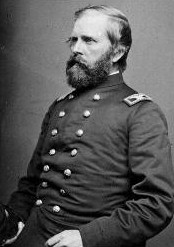
Edmund L. Dana
The commander of the 143rd Pennsylvania Infantry at Gettysburg was Colonel Edmund Lovell Dana. When the commanders of the brigade to which the 143rd was attached were “put out of action,” Colonel Dana moved to command the brigade and Lieutenant Colonel John D. Musser took command of the 143rd Pennsylvania Infantry .
Colonel Dana was mustered into the 143rd Pennsylvania Infantry on 18 November 1862. After Gettysburg, he continued to lead the regiment until he was wounded and captured at the Wilderness, 5 May 1864. On 26 July 1865 he was breveted Brigadier General and on 18 August he was honorably discharged with the regiment.
Edmund L. Dana died on 25 April 1889 and is buried at Hollenbach Cemetery, Wilkes-Barre, Luzerne County, Pennsylvania. No record has been seen that he ever applied for a pension. Additional information about him can be found at his Findagrave Memorial.
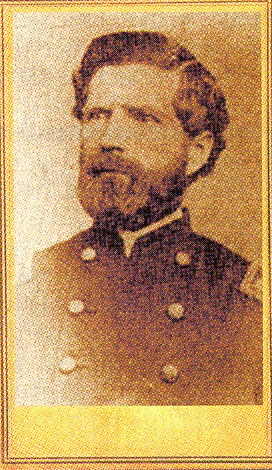
John D. Musser
John D. Musser was born in Lewisburg, Union County, Pennsylvania, on 24 April 1826. Not much is known about his life before the Civil War except that he is believed to have traveled to the gold fields in California in the late 1840s and had some financial gain from that experience. On 1 October 1862 he began his service in the 143rd Pennsylvania Infantry as Captain of Company K. On 8 November 1862, he was promoted to headquarters of the regiment as Major, and on 2 June 1863, one month before the Battle of Gettysburg, he was promoted to Lieutenant Colonel.
Unfortunately for Lieutenant Colonel Musser, he did not survive the war as he was killed at the Wilderness on 6 May 1864. He is buried at Muncy Cemetery, Muncy, Lycoming County, Pennsylvania.
Musser left a young daughter to survive him. His wife who was also his cousin, Ellie E. [Bowman] Musser, died a few days after the birth of this daughter. A pension application was made on behalf of the minor daughter, Ellie M. B. Musser, by Joshua Bowman, Guardian. The 28 pages of that application are available through Fold3.
A biography of Colonel Musser can be found at his Findagrave Memorial.
——————————–
Around the base of the Pennsylvania Memorial at Gettysburg are a series of plaques which, by regiment and company, note the names of every soldier who was present at the Battle of Gettysburg. The plaque for the 143rd Pennsylvania Infantry is pictured below. By clicking on the plaque it should enlarge so the names can be more clearly read. If a name does not appear, it could be that the soldier did serve in the 143rd Pennsylvania Infantry , but was not part of the regiment during its days at Gettysburg. There could also be errors on the plaque.
 ;
;
